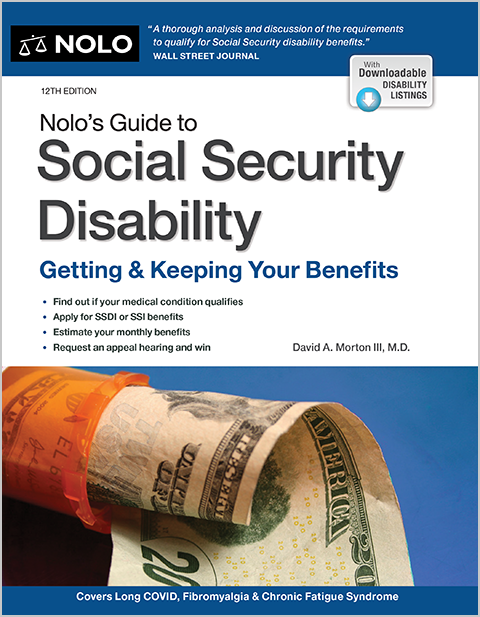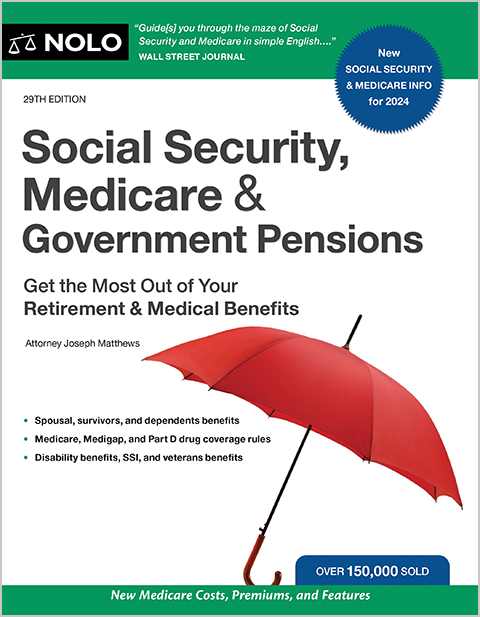Learn how to determine whether a senior can drive still drive safely, and steps to take if they can't.
For many elders, and their loved ones, determining when they're no longer safe on the road is a difficult and heart-wrenching process—but ignoring the issue can be dangerous.
According to a recent study by Carnegie Mellon University in Pittsburgh and the AAA Foundation for Traffic Safety, drivers 65 and over are more likely to get in traffic accidents than younger drivers. And those 85 and older log a fatality rate nearly four times higher than that for teens. On the flip side, senior drivers cause fewer pedestrian and motorist deaths and are more likely to follow safety rules such as wearing seatbelts and not drinking and driving.
So when does an older driver—or a concerned family member or friend—know when it's time to turn in the keys?
Monitor Changes That Might Affect Driving Ability
Age alone is a poor predictor of driving skills. But for most people, age-related changes in vision, physical fitness, and reflexes creep in over the years and can hamper the ability to drive safely. Keep tabs on the following areas and ask yourself whether they inhibit driving ability.
Changes in Vision and Hearing
A loss of visual acuity can make it harder for drivers to see essential traffic signs, lane lines, and other drivers and pedestrians. Conditions common for older eyes—cataracts, glaucoma, and macular degeneration—make it harder for drivers to see, and may also limit peripheral vision. A sensitivity to light at night, or night vision, can make the glare of oncoming headlights dangerous. And the loss of hearing can mean usual signals used to alert drivers, such as horns and sirens, go unheeded.
Limitations in Physical Fitness
A loss of muscle strength and flexibility can make it more difficult to steer, maneuver, grip the steering wheel, and pivot the head to check for traffic in the blind spot before changing lanes.
Slowed Reflexes
Slower reflexes mean it may take a longer time for a driver to react to traffic signals and unexpected behavior in pedestrians and other motorists, and to gauge appropriate speeds.
Side Effects of Medication
People age 65 and older consume more prescription and over-the-counter medicines than any other age group. Taken alone or interacting with one another, medications may cause drowsiness or confusion and make it difficult to focus. Many drugs also have the unexpected side effect of lowering tolerance for alcohol, which can notoriously affect driving skills.
General Health Conditions
Physical and mental conditions common to the older population, from Parkinson's to Alzheimer's disease, can also affect a driver's agility and judgment on the road.
Warning Signs of Driving Problems
It's often difficult to notice and regulate our own behavior. But it's usually preferable if an older driver notices his or her own diminished driving skills and takes action to improve or curtail driving voluntarily rather than being urged or directed to do so by another person.
If you're a driver over age 60, pay attention to whether you're having driving difficulties that might signal some signposts for concern, including:
- receiving a tickets and warnings for traffic violations
- frequently asking passengers or bystanders for help in navigating traffic or directions
- bumping into other cars while parking, or
- becoming easily angry, tense, or frustrated while driving.
How to Stay on the Road Longer
A growing number of older people are able to remain good drivers into advanced ages. In many cases, older drivers can stay on the road longer by taking advantage of programs and services available to help make that possible.
Driver Refresher Courses
Spending some time reviewing the rules of the road and getting behind the wheel with a trained instructor in the passenger's seat can reinforce safe driving practices. The AARP sponsors Driver Safety Courses nationwide, searchable by ZIP code at www.aarp.org or online at www.aarpdriversafety.org. And many local Department of Motor Vehicle (DMV) branches also offer refresher courses, often referred to as Mature Driver Improvement Programs. Some private driving schools also offer such courses. Your insurance company may give you a mature driver discount after you take one of these classes.
License Limitations
The DMVs in all states issue restricted licenses, which can be particularly useful for older drivers. The most common restriction requires the driver to wear glasses or contact lenses while behind the wheel.
Other restrictions include:
- no freeway driving
- no nighttime driving
- restricted driving during certain times of day—for example, no driving during rush hour traffic
- adding an additional right-side mirror to the vehicle
- using adequate support to ensure proper driving position
- driving only in particular areas, and
- wearing bioptic telescopic lenses, on which a telescope is mounted on the lenses to increase acuity for drivers with vision problems.
Renewal Regulations
Some of the steps states have taken to regulate how and when older drivers can renew their licenses include:
- issuing licenses with shorter renewal intervals for drivers older than a specified age, typically 65 or 70
- requiring older drivers to renew their licenses in person rather than electronically or by mail, and
- administering tests—such as vision, written, or road tests—that aren't routinely required of younger drivers.
If an older driver's continued fitness to drive is in doubt because of a history of crashes or violations, or reports by doctors, police, or other concerned observers, state licensing agencies may require the driver to undergo physical or mental examinations or retake the standard licensing tests.
For a chart of state laws regulating how and when older drivers can renew their licenses, visit the Insurance Institute for Highway Safety's website.
Discussing the Issue With an Older Driver
If you're concerned that an older driver may be becoming dangerous on the road, sensitivity is key in broaching the subject. For many people, an end to driving signals the beginning of tangible limitations and the loss of independence. It can also begin a struggle to find new ways to accomplish errands and necessities, such as post office runs and grocery shopping. And it may mean foregoing daily pleasures, such as attending a weekly painting class or card game.
Some experts suggest that you spend a week or two without driving a car before you raise the issue with the older person. For many, this is a crash course in sensitivity. You can also try to frame the issue openly, then listen to the older person's expressed thoughts and feelings. For example, you might say: "Mom, I imagine that if you're not allowed to drive anymore, you will miss your Monday night visits to Aunt Lil's house." You may be surprised to find out that your mother's bigger concern is that she won't be able to get to the grocery store for food—and you could help by looking into community resources for home meal delivery.
Talk to a Lawyer
Need a lawyer? Start here.
How it Works
- Briefly tell us about your case
- Provide your contact information
- Choose attorneys to contact you
- Briefly tell us about your case
- Provide your contact information
- Choose attorneys to contact you


